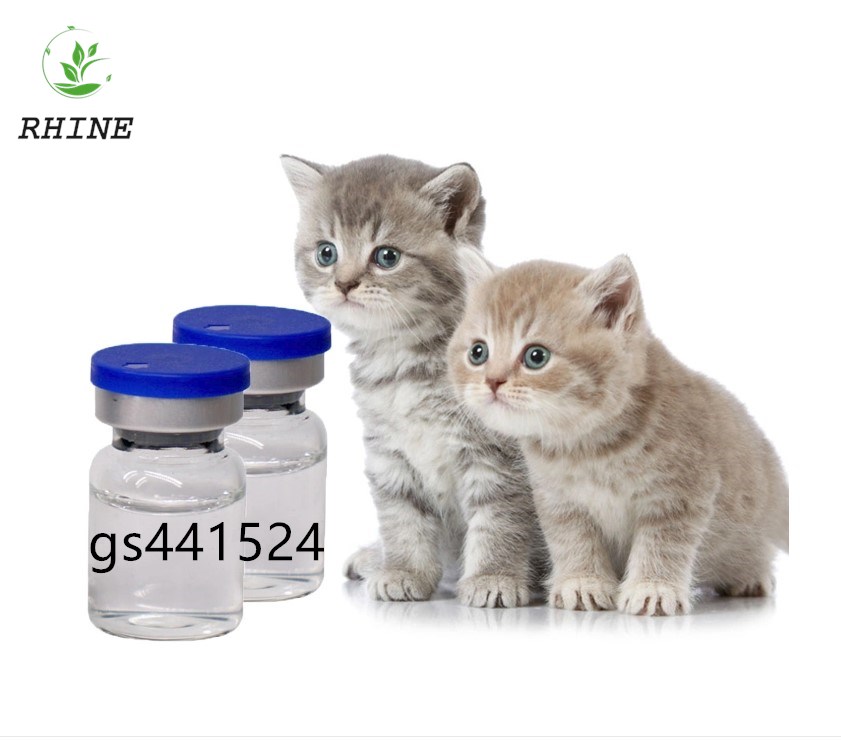Dry farming of rice is the main road for the development of water-saving agriculture. The Agricultural Technology Promotion Center of the Ministry of Agriculture of China has listed rice dry farming as a major project for the promotion of agricultural skills in the future. Now the latest operating methods of foreign rice dry farming are described below for practical use. 1. Dry planting of rice in the hole plantation Tess Farm in New Orleans, USA invented this new method. The specific operation process is: in the wet and no-tillage land, use a small hole-drilling seeder (machine) in the soil to play a diameter of about 3cm, depth 13-15cm hole, immediately broadcast when drilling 1-2 Grain rice seeds, after sowing with soil fertilizer decoration hole, and fill in the hole in the water and hole soil only wet. Under normal circumstances, no water can be supplied within 40 days after seedling, so that the roots of rice seedlings grow deep and have strong roots, and they can effectively absorb underground moisture. In the same time as the rice plant grows, weeding can be done once between rows (heavy pine 2-3cm deep soil), so that both weeding and cultivating are done. If there is no rain after 40 days, it can be immersed once more until it matures. This method only needs 15-20% of rice water consumption, which is convenient for mechanization and is a new method for rice farming. If water retaining agent covers the hole, the water consumption can be reduced to 8-10% 2. Rice film covered with dry soil This was the first to be adopted in Niigata, Japan. This method mainly used old newspapers, waste paper, or recycled paper film (such a low cost) as a cover film. After dipping, the paper film is covered on the surface of the soil (after the paper film is immersed in water, it is closely attached to the surface of the soil). It will not be blown away by the wind, but it can also block the direct sunlight, avoid moisture evaporation, ensure water retention, and reduce miscellaneous matters. Grass grows. After 2-3 months, the paper film is gradually decomposed into the soil and will not leave any damage. This method can reduce water consumption by 55-70%. This method can also be used to preserve water in other dry crops. 3. High-yielding and semi-dry farming techniques in rice The original Japanese Rice Research Institute explored a new technique for the cultivation of high-yield and semi-arid rice. This technique is very different from traditional rice cultivation and water use. The general request is: In the early stage, the main mud is exposed, soaked with irrigation and rooted by ventilation, so that only about 30% of the conventional water consumption is required, which can also suppress pests and diseases and reduce rice production costs. The main points of this technique are: 1, when transplanting the field with "slime" is appropriate, such as after the sunny, can be infiltrated irrigation, but can not flood irrigation or flood irrigation, water can just cover the mud, transplanting 15 days after field inspection, with a foot step, where Foam around the footprints can not be submerged, can only be checked after three days of infiltration, if there is an air bubble and continued exposure of the open field, and constantly use this "soaking - lutian" interpenetration method to increase the growth of rice roots. 2. After the formation of young panicles, the relationship between the nutrient required for the growth of the underground (root) and the aerial parts (shoots and leaves) is usually improved by the intermittent irrigation method, so as to increase the growth of rice in the medium term, and before the application of the panicle fertilizer, the dry soil is used to make the soil moisture to no longer. Saturation, fertilization and then filling thin water until the soil moisture saturation, to the water with fertilizer into the soil, not flood irrigation, improve fertilizer utilization. 3. When heading, the field maintains soil moisture saturation. In case of high temperature monotonous weather, appropriate irrigation to maintain the 6-12cm deep water layer. After heading, the soil moisture is maintained in the early stage, moist irrigation is used in the early stage, roots are bred by gas, and the leaves are rooted to increase the weight of the leaves. Before the harvest, the soil gradually changes monotonously from wetness, avoiding sudden dehydration or premature dehydration. Grain weight. Veterinary Drugs: refers to substances (including medicated feed additives) used to prevent, treat, diagnose animal diseases or purposefully regulate animal physiological functions.
Veterinary drugs mainly include: serum products, microecological products, Chinese herbal medicines, proprietary Chinese medicines, chemicals, antibiotics, and topical pesticides, disinfectants, etc.
Veterinary Drugs,Veterinary Medicine,Veterinary Injectable Drugs,Veterinary Pharmaceutical Drugs XI AN RHINE BIOLOGICAL TECHNOLOGY CO.,LTD , https://www.rhinebiotech.com
